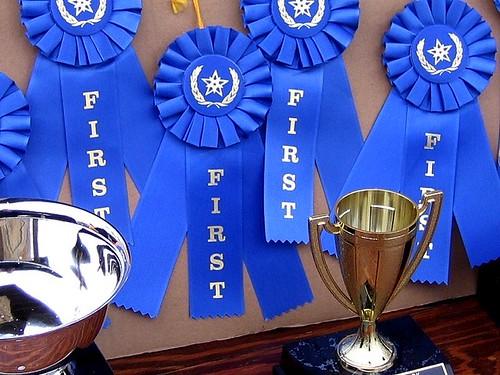This Sunday marks the start of the season of Advent 2015.
The predominant theme of Advent is WAITING in expectation.
It’s a timeless theme.

Waiting makes up a big portion of our lives, doesn’t it?
Whether it’s waiting in line or in traffic or waiting for an occasion or certain situation–we do a lot of waiting.
For me, a focus on waiting pulls me out of the present moment to a moment that exists in theory. It involves hope or anxiety. Or both.
The prisoners I minister to have a life centered on waiting for their freedom. They routinely tell me that keeping busy is the best way to conquer the burden and stress of waiting.
But a closer interaction with the experience of waiting can unearth and reveal deeper spiritual longings that can both call us into a richer walk of faith and engender the growth needed to more fully surrender to God.
If we just stay busy we can miss the gifts that come only through waiting.
Because waiting is such a huge part of the human experience, it’s no wonder that Christianity has long interacted with this theme as a entry point into bigger spiritual conversations and concepts. It is through this struggle we gain growth and maturity in our walk of faith.
Patience is rarely, if ever, attained by any other means than practice.
Waiting is that practice.
Waiting on the Lord is a vibrant theme in Scriptures too, right?
Most of the stories in the Bible include the aspect of waiting. Abraham and Sarah (and many others) wait for offspring, David waits on the Lord for deliverance, the prophets wait for God’s promises to be fulfilled, Paul and the other apostles do a lot of waiting in prison, and in the season of Advent we acutely encounter Mary’s waiting for the Savior, Jesus. She is the vehicle God has chosen to birth the Prince of Peace. It’s a nine month process–on the heels of thousands of years of waiting for the Messiah.
This delivery involves a lot of anticipation and waiting.
And so too does most anything else of worth. These many stories echo our own pain and struggle.
I appreciate Mary’s expression of gratitude during her wait (a.k.a. The Magnificat-see the video below to hear “Mary’s Song” sung my John Michael Talbot). We can use her example to help us along.
Gratitude produces joy that makes waiting easier.
Waiting aptly exposes our traits of impatience, also. It works to refine us.
Henri Nouwen once wrote, “Impatient people are always expecting the real thing to happen somewhere else and therefore want to go elsewhere. ”
Rev Adele Ahlberg Calhoun recently wrote,
Waiting is how God gets at the idols of our heart. Waiting addresses the things we think we need besides God to be content: money, comfort, expedience, success or control.
TODAY’S NUGGET:
It’s a powerful lesson we find in Advent. Meditate on the longings of your heart and cultivate the seeds of advent there. Expectantly wait for God to fulfill his promises with a heart of trust and gratitude.

 As promised, I’m giving you a summary of the Wesley Forum I attended on April 7.
As promised, I’m giving you a summary of the Wesley Forum I attended on April 7.




